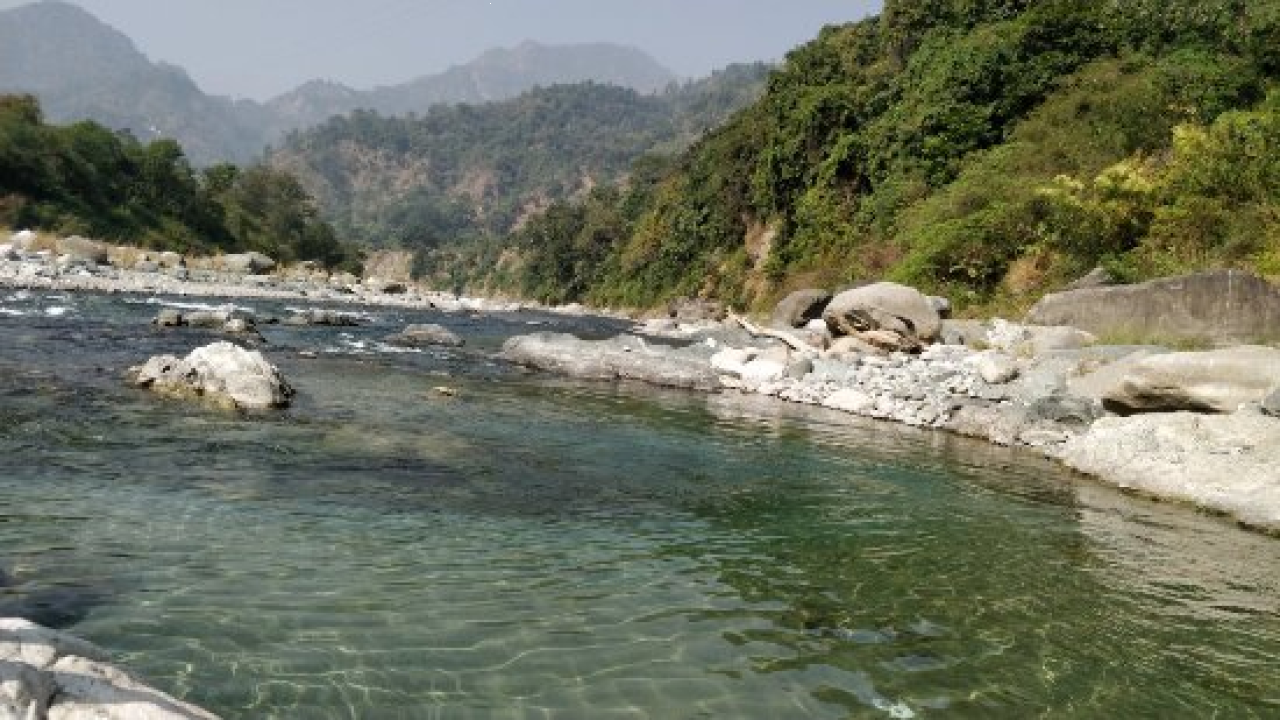Gaula River Mining
The Ministry of Environment, Forest and Climate Change has given permission to the Uttarakhand government to continue mining activities in the Gaula River in Nainital district. The extension allows mining work to be carried out until June 30, extending the previous deadline of May 31. This decision is expected to have significant implications for the state’s economy and local communities.
Boost to State’s Income and Employment Opportunities
With the approval to continue mining operations in the Gaula River, the Uttarakhand government anticipates a profit of up to Rs. 50 crore. This additional revenue will contribute to the state’s income, providing a much-needed economic boost. Furthermore, the extended permission is also expected to create employment opportunities for the local population. This will have a positive impact on the livelihoods of individuals and help to stimulate economic growth in the region.
Access to Affordable Construction Materials
In addition to the economic benefits, the extension of mining activities in the Gaula River will ensure the availability of construction materials at a lower cost. The mining operations will provide access to essential resources needed for construction projects, contributing to the development and infrastructure growth of the area. This will not only benefit the government but also benefit the community by making construction materials more affordable and accessible.
The Gaula River: Origin and Significance
The Gaula River, also known as the Gola River, originates in the Paharpani Village of Uttarakhand and flows through various regions, including Kathgodam, Haldwani, Kichha, and Shahi. It stretches for approximately 500 kilometers, making it a significant water source for Haldwani and Kathgodam. The river is also referred to as Kichha and Baigul in certain sections. Ultimately, the Gaula River joins the Ramganga River in Uttar Pradesh, which is a tributary of the Ganges.
Month: Current Affairs - June, 2023
Category: Places in News Current Affairs


